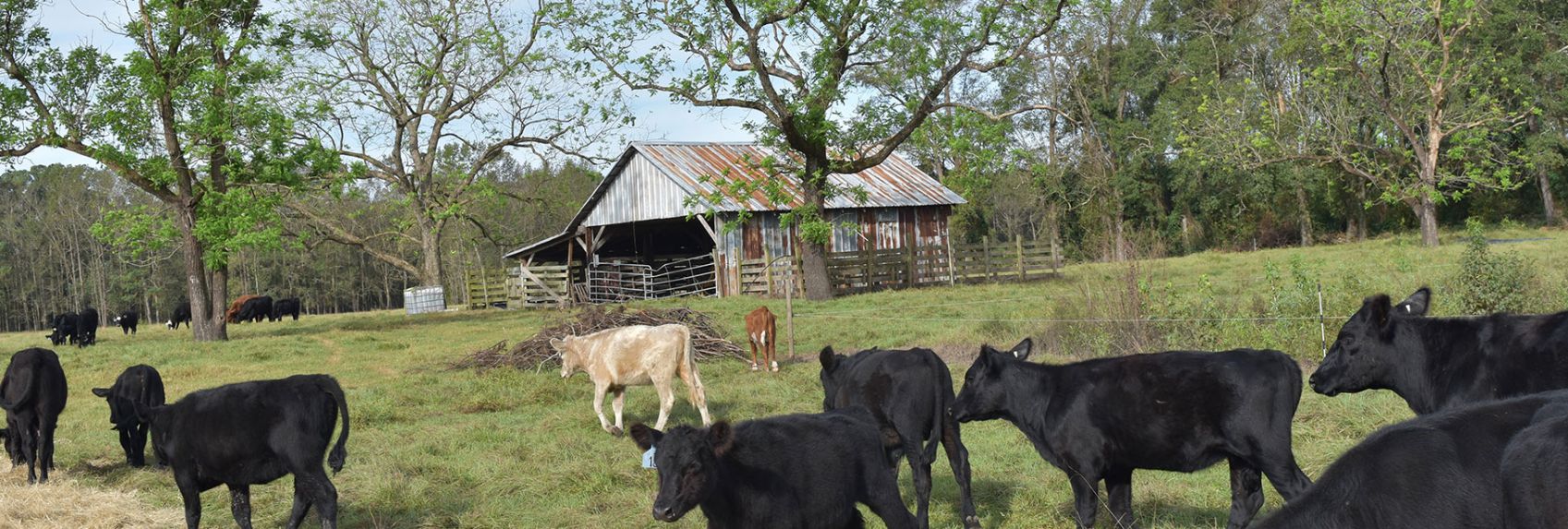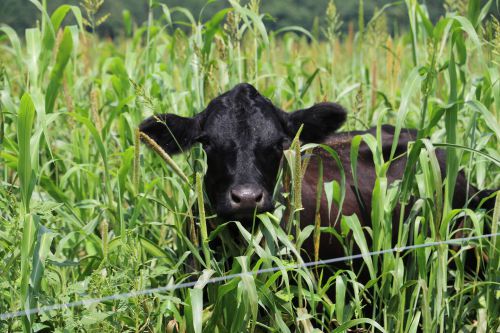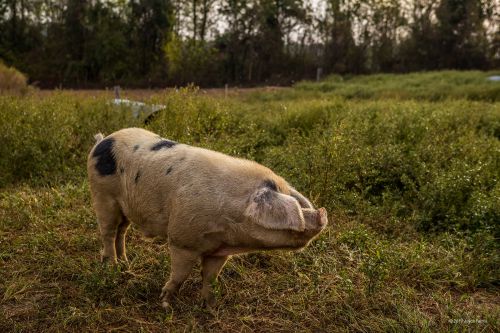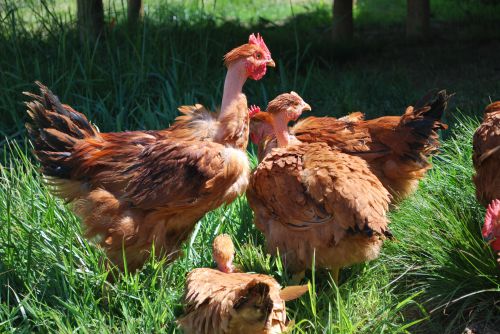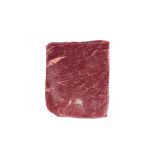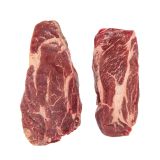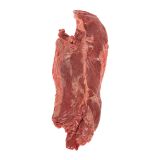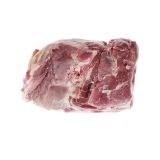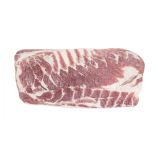Everything Joyce Farms Has Taught Us About Regenerative Farming
Like organic and biodynamic -- two now-household terms that changed the way we think about and practice farming -- Regenerative Agriculture is making its way into mainstream conversation. We’ve been lucky to work with regenerative farming pioneer Joyce Farms (who you know for their amazing grass-fed burgers, Poulet Rouge chicken, and heritage pork), and we’ve learned so much about why this practice is both important and revolutionary.
So, first thing’s first: What is Regenerative Agriculture?
In short, it’s a way to improve the land, our ecosystem, the health of the animals that are raised and graze, and ultimately, as is the case at Joyce Farms, the meat that we’re lucky enough to eat, by restoring ways of the past, caring about soil health, and ensuring animal welfare.
Here’s how they do it:
1. They focus on soil health.
Farms, like Joyce Farms, that practice regenerative farming, use methods like cover crops and crop rotation, compost, and animal manure -- to name a few -- to protect and to improve the essential microbe count, health, richness, nutrient value, and imparting flavor of the soil. By avoiding the use of chemical and artificial fertilizers, herbicides, fungicides, and pesticides, they’re also avoiding added soil damage, which leads to ecosystem imbalances, plants with less vitality, and a quicker breakdown of the good stuff found in natural and organically forming soil.
2. Then, they focus on soil health some more. (Really!)
Another difference between commercial and regenerative farming is the use of tilling – you’ll never find a till on Joyce Farms. While many farms believe that tilling increases water filtration, incorporates oxygen, and fluffs the soil, proponents of regenerative agriculture believe it has the opposite effect. They have found that tilling increases soil loss, the occurrence of weeds, water runoff, soil erosion, and carbon emissions (a big global warming contributor), while destroying the organic structure of the soil they’re working so hard to maintain.
3. Animals are a key part of the process.
Trailblazers in the regenerative world realized early on that animal integration and adaptive grazing are essential to the success of a regenerative focused farm. What this means is that Joyce Farms employs biomimicry, which emulates the way animal herds naturally roamed and how the ecosystem naturally reacted, years before modern farming practices began.
The team at Joyce Farms not only rotates different animals, like pigs and cattle, through different parts of their land, but also rotate each animal within its category. This method results in varied ground trampling (which improves soil health), and also provides time for grass, worn down by one breed, to rebuild itself while visited by another.
Not only are these regenerative practices good for the soil and the crops that grow in them, they’re good for the animals that graze on the land and the consumers that enjoy the meat and produce that come from it.
Committing to regenerative agriculture means committing to an entirely different way of life for farms, farmers, and animals. But, the benefits are wide-ranging: ensuring the soil is healthier and water is cleaner, reducing carbon emissions, restoring habitats, and promoting animal welfare and healthier food in the process.
Learn all about Joyce Farms products, including their Grass Fed Beef, Heritage Pork, Heritage Poultry, and Naked Poultry line, here.
















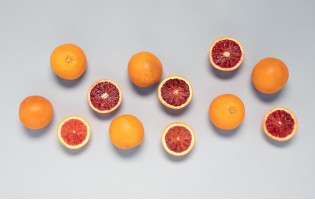
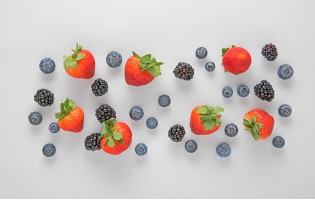




































































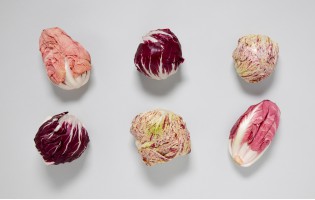
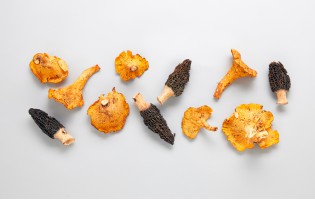




























































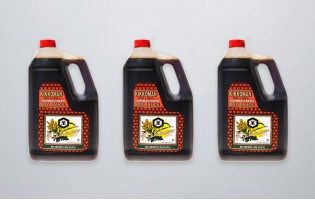






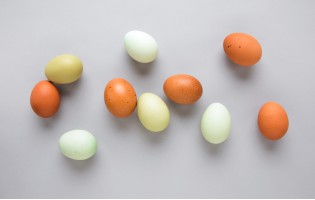
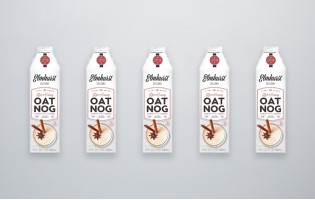
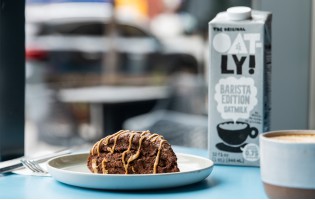


















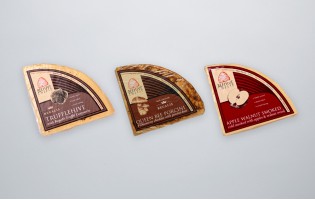
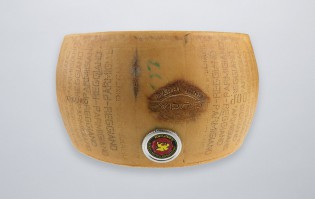
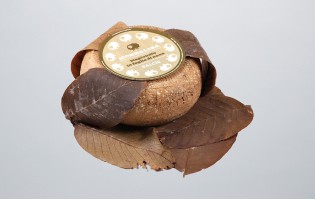










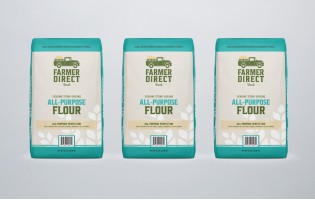



















 Fruits
Fruits  Organics
Organics  Vegetables
Vegetables  Fresh Cuts
Fresh Cuts  Meat & Poultry
Meat & Poultry  Grocery
Grocery  Dairy
Dairy  Cheese
Cheese  Bakery
Bakery  Seafood
Seafood 